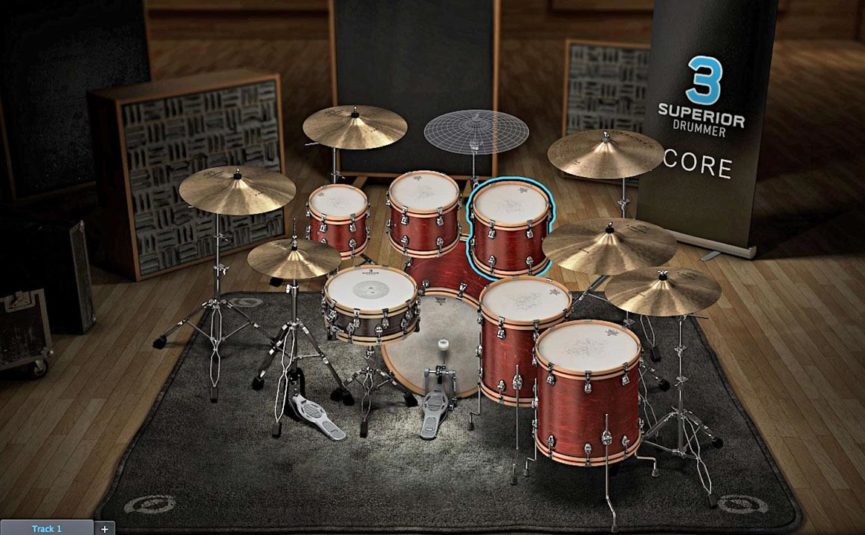

The Instrument column simply holds a label for each available drum sound and - as we'll see in a moment - this list can be edited as required.

The Channel Number and Output columns can be useful if you wish to use multiple drum samplers/instruments to playback your MIDI drum track, but here it's the Pitch, Instrument, I‑Note (Input Note) and O‑Note (Output Note) columns that we're interested in. The first screen shot (above) shows the Drum Editor window open for a MIDI track using the default GM‑based drum map. I'll then work through the construction of two example drum maps for the two popular drum sample instruments I mentioned above, but the same principles could be applied to any set of sampled drum sounds. In addition, Mark Wherry discussed both of these back in SOS October and November 2003, so I've no intention of going through all the basics again here: a brief reminder of some key points will suffice, and you know where to go for some extra homework if required. The Cubase Operation Manual does a decent job of describing the main features of the Drum Editor and Drum Map functions.

However, when programming your MIDI drum parts, you need to know that the MIDI notes you play are going to trigger the sounds you want to hear - and that's where a knowledge of Cubase's Drum Maps can come in handy. As an alternative, drum sample libraries such as Toontrack's Superior Drummer 2 or FXpansion's BFD2 offer amazing levels of detail, often with a large number of different performance articulations for key kit pieces such as snare or hi‑hat. The GM Drum Map being used in the Drum Editor.įor many home and project studio owners, recording a full drum kit is simply not a practical option. Fortunately, you can create your own dedicated drum maps. Example: “As one Event”.Many Cubase users also own high‑quality drum virtual instruments and sample libraries that aren't mapped to the GM standard. There are a few options in the Render In Place menu that you should check out to make sure you get what you want when you render the tracks. wav files you want using the Cubase “Render In Place” function (Edit>Render In Place). Then it is a matter of rendering down each track to create the. These tracks will by default be labeled whatever you named the instrument track then EZ2, EZ3… etc.


 0 kommentar(er)
0 kommentar(er)
